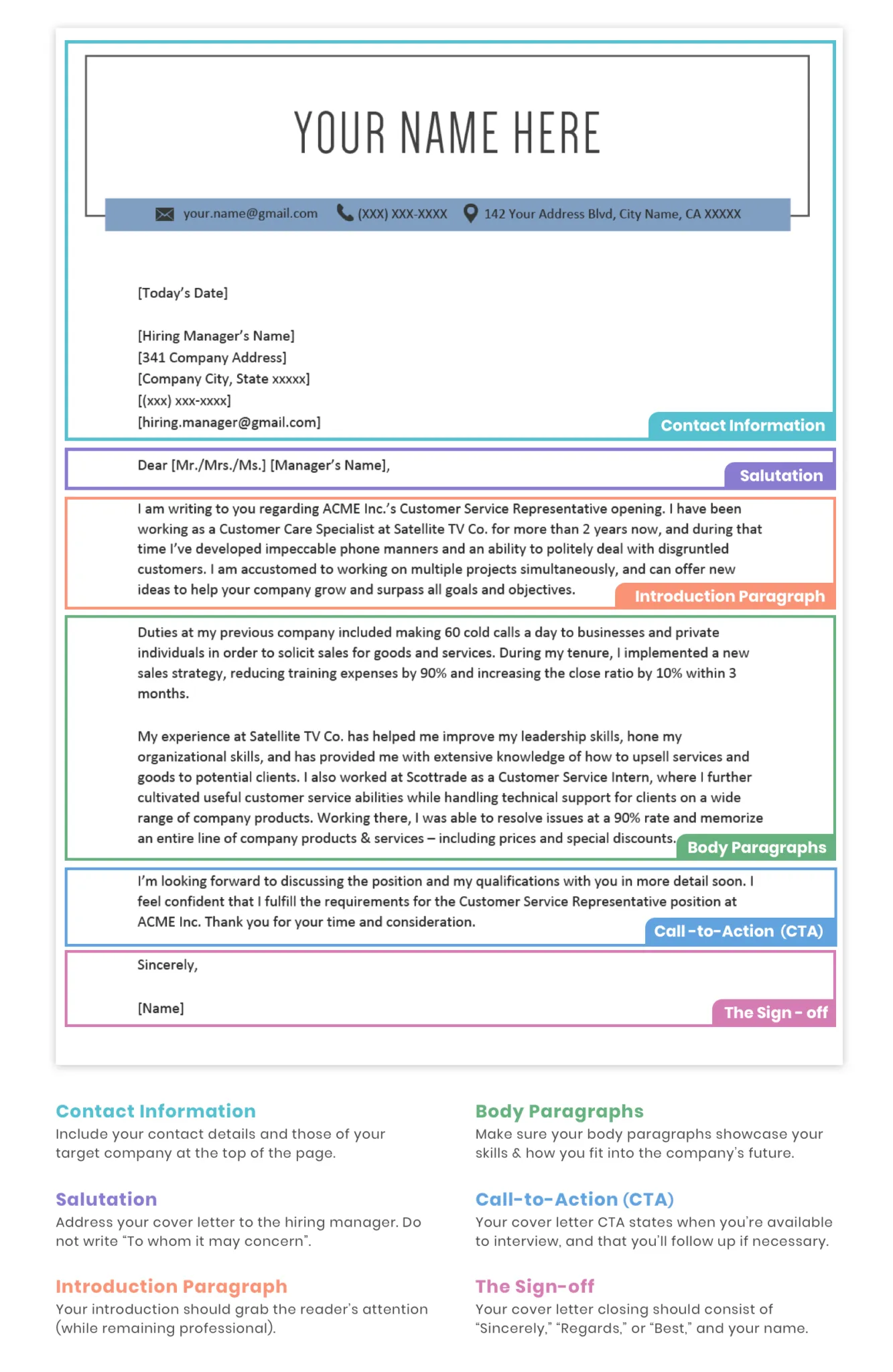Cover Letter Format Essentials
A well-crafted cover letter can significantly boost your chances of landing an interview. It’s your first impression, providing an opportunity to introduce yourself, highlight your key qualifications, and demonstrate your genuine interest in the position. However, to make a strong impact, you need to master the fundamentals of cover letter format. This guide breaks down the essential elements, from structure to presentation, helping you create a compelling document that grabs the reader’s attention and sets you apart from the competition. Remember, your cover letter is not just a formality; it’s a strategic tool in your job search arsenal.
Understanding the Purpose of a Cover Letter
The primary purpose of a cover letter is to introduce you to a potential employer and explain why you’re a suitable candidate for the job. It allows you to expand on your resume, providing context and showcasing your personality, enthusiasm, and communication skills. In essence, the cover letter serves as a bridge, connecting your qualifications with the specific needs and requirements of the role. It’s your chance to tell a story about why you’re the perfect fit for the company and the position. A well-written cover letter can be the deciding factor in whether your application makes it past the initial screening process.
Importance of a Cover Letter
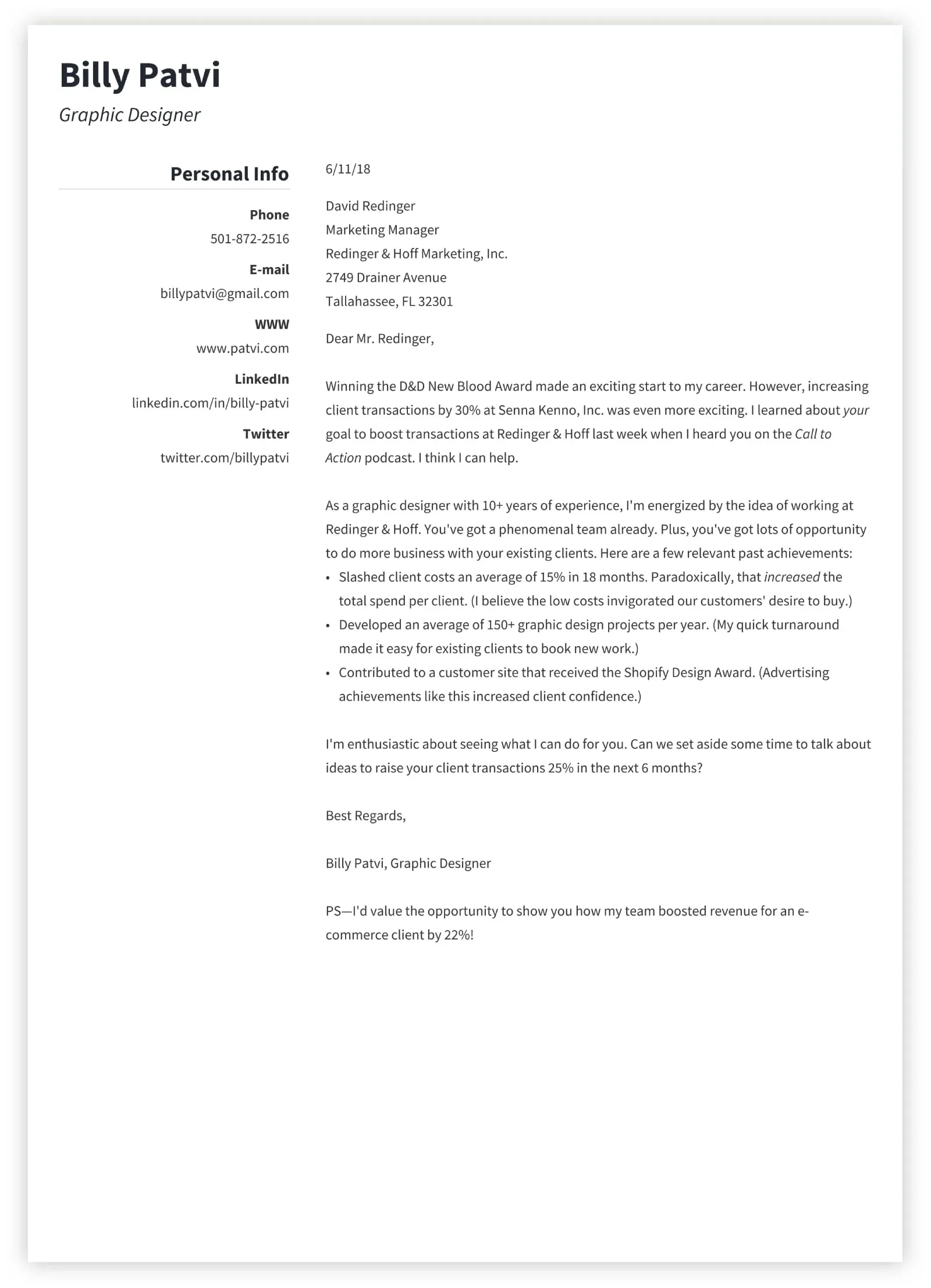
In today’s competitive job market, a cover letter is more important than ever. It’s your opportunity to personalize your application and demonstrate your genuine interest in the role and the company. While your resume provides a summary of your experience and skills, the cover letter allows you to articulate your motivations, connect your experience to the job requirements, and showcase your writing abilities. A cover letter can significantly increase your chances of getting noticed, especially if you’re applying for a position where strong communication skills are essential. Moreover, it reflects your attention to detail and your commitment to making a positive impression.
Key Components of a Cover Letter
A well-structured cover letter follows a standard format that includes several key components. Each section serves a specific purpose, contributing to the overall effectiveness of your application. From your contact information to the closing, every element must be thoughtfully crafted to make a positive impression. Understanding these essential components and how to present them effectively is crucial to creating a cover letter that grabs attention and highlights your qualifications. Let’s delve into each of these essential parts to create a cover letter format that stands out.
Your Contact Information
At the top of your cover letter, include your contact information: your name, phone number, email address, and optionally, your LinkedIn profile URL. This should be aligned to the left or centered. Make sure your email address is professional and your contact information is up-to-date, ensuring the recruiter can easily reach you. This simple but essential component ensures the hiring manager can quickly find your details if they want to contact you for an interview or more information. Accuracy here is crucial to avoid any missed opportunities.
Date and Recipient Information
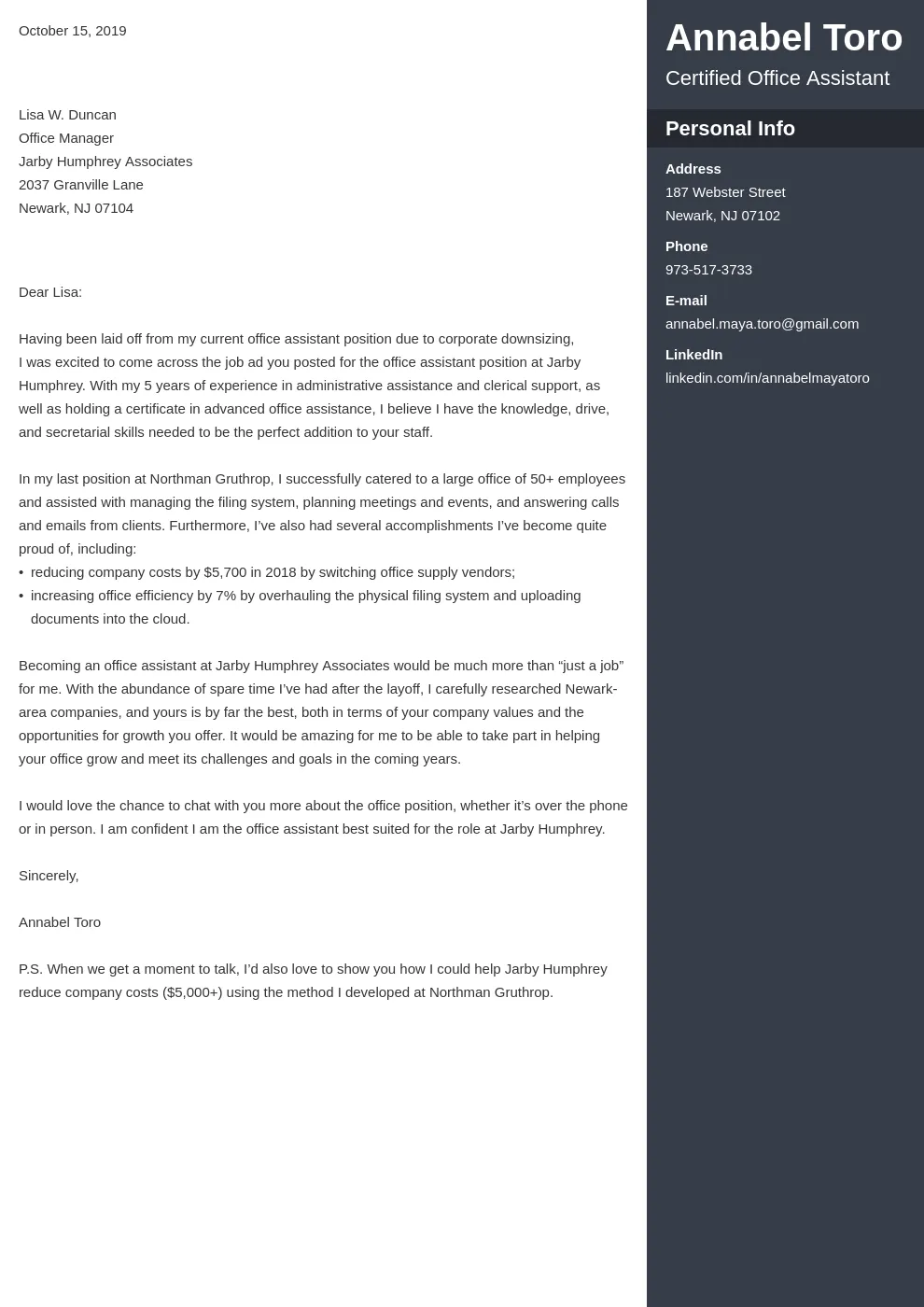
Below your contact information, include the date of the letter. Following the date, include the recipient’s information. If you know the hiring manager’s name, address the letter directly to them (e.g., ‘Dear Mr./Ms. [Last Name]’). If you don’t know the hiring manager’s name, you can use a general greeting like ‘Dear Hiring Manager’ or ‘Dear [Company Name] Hiring Team’. Addressing the letter to a specific person shows that you’ve done your research and that you’re genuinely interested in the opportunity. It also creates a more personalized connection, making a positive first impression.
Salutation
Start your cover letter with a professional salutation. ‘Dear Mr./Ms. [Last Name]’ is the most formal and preferred option if you know the hiring manager’s name. If you are unsure of the hiring manager’s name, use ‘Dear Hiring Manager’ or ‘Dear [Company Name] Hiring Team’. Avoid generic greetings like ‘To Whom It May Concern,’ as they can make your letter seem impersonal. The salutation sets the tone for your letter, so choosing the right one is crucial for making a good first impression. A personalized salutation indicates attention to detail and a genuine interest in the role.
Opening Paragraph
Your opening paragraph should immediately grab the reader’s attention. State the position you are applying for and how you learned about the opportunity. Briefly mention your most relevant qualifications and express your enthusiasm for the role and the company. This section should be concise, highlighting your interest and setting the stage for the rest of your letter. The first few sentences are critical – they determine whether the reader will continue to the rest of the document. A strong opening paragraph immediately engages the reader and encourages them to learn more about your qualifications.
Body Paragraphs
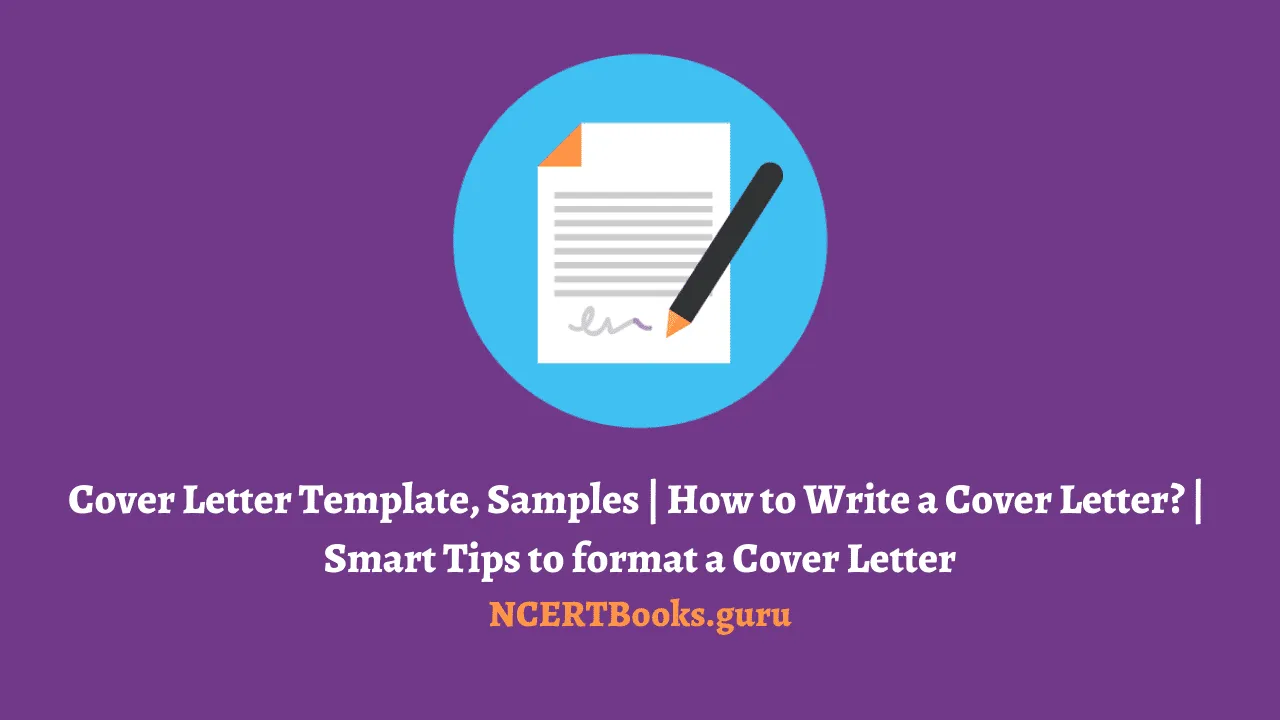
The body paragraphs are the heart of your cover letter. They should provide detailed examples of your skills and experience, demonstrating how you meet the requirements of the job. Use specific examples to illustrate your accomplishments and quantify your achievements whenever possible. Tailor each body paragraph to the job description, highlighting the skills and experiences that are most relevant to the position. Focus on what you can offer the company and how you can solve their problems. Strong body paragraphs make a compelling case for why you are the best candidate for the job.
Highlighting Relevant Skills and Experience
In your body paragraphs, make sure to highlight the skills and experiences that are most relevant to the job description. Carefully review the job posting and identify the key requirements. Then, provide specific examples from your past experiences where you have successfully demonstrated these skills. This might include teamwork, problem-solving, communication, or technical skills. Frame your experiences in a way that directly addresses the needs of the employer. Use action verbs to describe your accomplishments and emphasize the results you achieved. The clearer you demonstrate your alignment with the job requirements, the more likely you are to advance.
Quantifying Achievements
Whenever possible, quantify your achievements to demonstrate the impact of your work. Instead of simply stating that you ‘improved sales,’ provide specific numbers, such as ‘increased sales by 15% in one quarter.’ Using quantifiable data adds credibility to your claims and makes your accomplishments more impactful. This helps the hiring manager easily see the value you brought to previous roles and how you might do the same for their company. Statistics, percentages, and specific results are far more persuasive than vague statements. Quantifying your achievements is a proven way to make your cover letter more compelling.
Tailoring to the Job Description
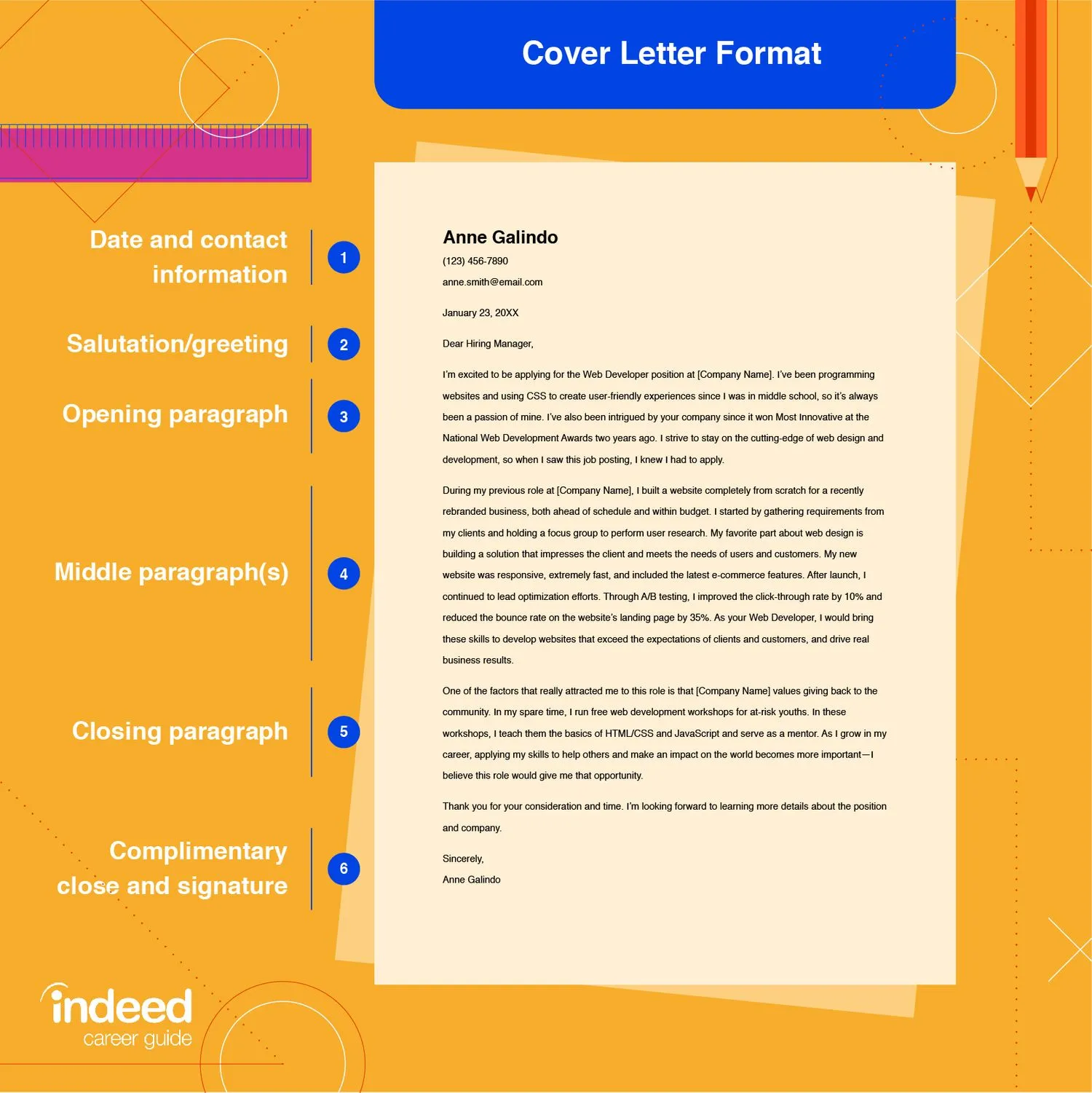
Customize your cover letter for each job you apply for. Do not send the same generic letter to every employer. Carefully review the job description and identify the key skills, qualifications, and experiences that the employer is looking for. Then, tailor your cover letter to address these specific requirements. Highlight the relevant parts of your background and explain how your skills and experience align with the needs of the position. This shows that you’ve done your homework and that you’re genuinely interested in the role. A tailored cover letter is significantly more likely to make a positive impression.
Closing Paragraph
In your closing paragraph, summarize your key qualifications and reiterate your enthusiasm for the opportunity. Briefly thank the reader for their time and consideration. Reiterate your interest in the company and the position, making sure to highlight your value. Keep it concise and professional, leaving a lasting positive impression. This paragraph should remind the reader of your key strengths and leave them with a clear understanding of why you’re a good fit. A well-written closing paragraph reinforces your interest and makes it easier for the hiring manager to remember you.
Call to Action
Include a clear call to action, such as expressing your availability for an interview. Indicate your willingness to discuss your qualifications further. Make it easy for the hiring manager to take the next step. This might involve stating you’re available for a meeting at their earliest convenience or that you look forward to hearing from them. This shows proactive engagement and commitment to the job opportunity. A clear call to action moves the process forward, ensuring the hiring manager knows what to do next. Remember to be polite and enthusiastic when asking for the interview.
Formal Closing and Signature
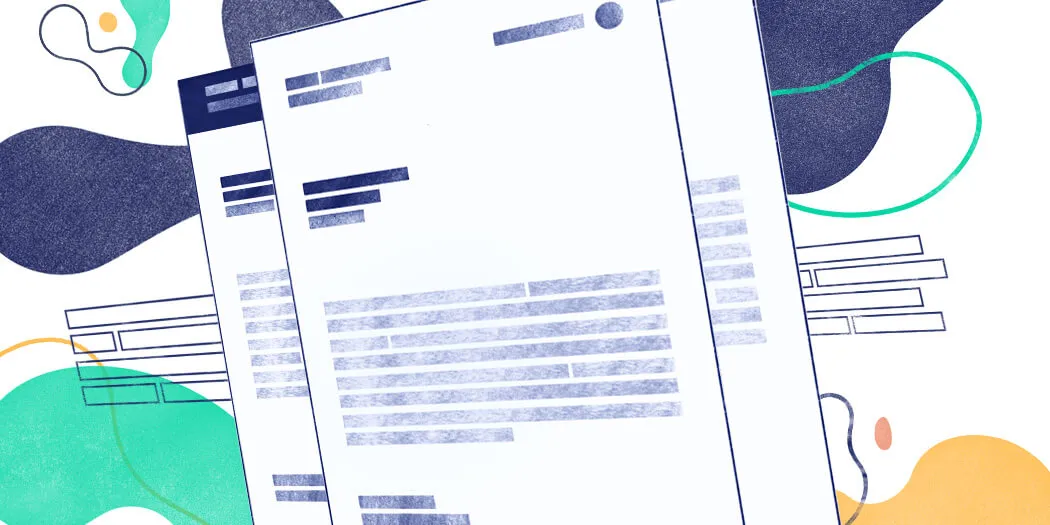
Conclude your cover letter with a professional closing, such as ‘Sincerely,’ ‘Best regards,’ or ‘Yours sincerely.’ Leave space for a handwritten signature if you’re submitting a physical copy. For an electronic submission, type your full name below the closing. This final touch provides a professional finish to the document. A professional closing and signature are essential for maintaining a polished appearance. These elements also show respect for the reader and reinforce a positive impression. Always use a professional closing that reflects your genuine interest in the opportunity.
Formatting and Presentation
The format and presentation of your cover letter are as important as its content. Proper formatting makes your letter easy to read and highlights your professionalism. Pay close attention to fonts, margins, spacing, and file format. An organized, well-formatted letter reflects your attention to detail and shows that you care about making a positive impression. Bad formatting can distract from the content and leave a negative impression on the recruiter. Using correct formatting is vital for a professional look.
Font and Font Size
Choose a professional and easy-to-read font, such as Times New Roman, Arial, Calibri, or Helvetica. Keep the font size between 10 and 12 points. Avoid using overly decorative or unconventional fonts. The font should be consistent throughout the letter. Using a legible font ensures that the reader can easily understand your message. The font size should be readable but not too large or too small. Consistency creates a clean and professional appearance. Good choices are Arial or Calibri.
Margins and Spacing
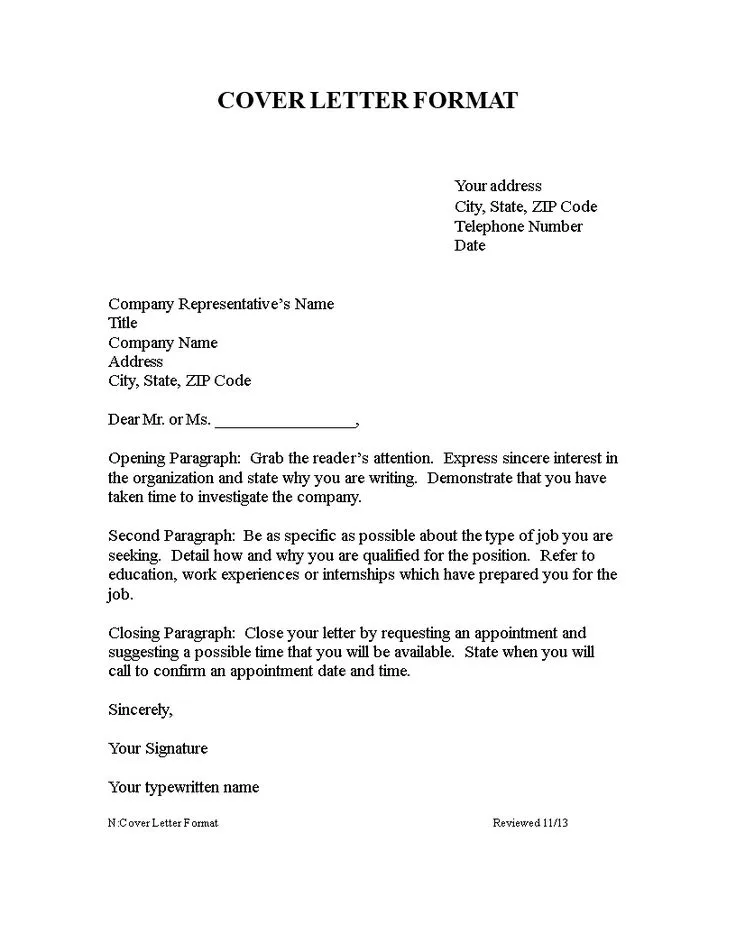
Use standard 1-inch margins on all sides of your cover letter. This creates a balanced and visually appealing layout. Use single spacing within paragraphs and double spacing between paragraphs. This improves readability and makes the document easier to scan. Proper margins and spacing are essential for creating a clean and professional layout. They prevent the document from looking cramped and ensure that the text is easy on the eyes. Clean spacing also makes the document look organized and well-structured. A clean and readable layout is critical for leaving a strong impression.
File Format
Save your cover letter as a PDF file unless the job posting specifies a different format. PDF files preserve the formatting of your document and ensure that it looks the same on any computer. Always use a professional file name, such as ‘YourName_CoverLetter.pdf’. This makes it easy for the hiring manager to identify your application. Avoid using formats that could change the formatting. A PDF format ensures the recipient sees the document as you intended and shows attention to detail. Double check to make sure everything is in order before sending the document to potential employers.
Proofreading and Editing
Proofreading and editing are crucial steps in the cover letter writing process. Carefully review your letter for any grammatical errors, spelling mistakes, and typos. Ensure that your sentences are clear, concise, and well-written. Ask a friend or family member to proofread your letter for a second opinion. This ensures that you deliver a polished, error-free document. Errors can undermine your credibility and create a negative impression. Proofreading is the final step to ensure a professional, compelling cover letter.
